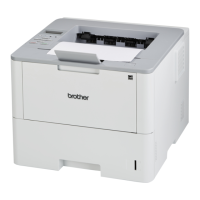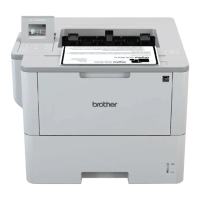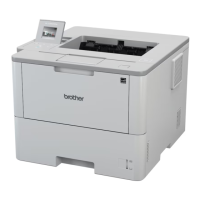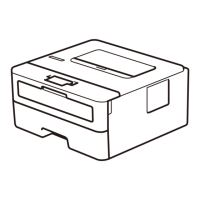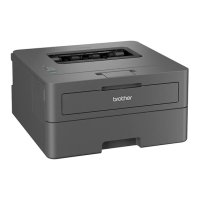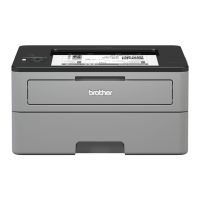CHAPTER 4 HP-GL/2 - 23
The following flags are used:
':' - Select pen. The number which follows is the required pen number. A PE command that does not
include a select pen command uses the currently selected pen.
'<' - Pen up. The pen is raised and moved to the specified coordinate pair. All coordinate pair values
not preceded by this flag are automatically interpreted as pen down plotting commands.
'>' - Fractional data. The value following the flag specifies the number of fractional binary bits in the
coordinate data.
'=' - Absolute plotting mode. The pair of coordinates which follow this flag are absolute coordinates.
'7' - 7 bit mode. All subsequent coordinate values within this PE command are to be interpreted as 7-bit
values, that is, encoded in base 32.
If you use the ':' flag in polygon mode it is ignored as the SP command has no effect in this mode.
Values and coordinates are encoded in base 64 or base 32. Values determine the setting of the immediately
preceding flag. Legal values and coordinates are as follows:
Pen number - 0 (white) or 1(black)
Number of fractional binary bits - -26 to 26. The default is 0.
x- and y-coordinates - (-2
30
) to 2
30
- 1 current units. If the pen position is moved
outside this range, subsequent plotting commands are ignored until
an absolute coordinate pair within the allowable range is specified.
Flag and coordinate values are encoded as either base 64 or base 32 numbers and then transmitted as ASCII
character codes. Base 64 is the default. Use Base 64 if your computer can send data without a parity bit.
Use base 32 if your system requires a parity bit.
To encode an integer proceed as follows. If the number is negative, take the absolute value, multiply by
2 and add 1. Hence -x : = 2x+1. If the number is positive simply multiply by 2. Hence x :=2x.
Convert the new number into base 64 or base 32 according to your system and encode each base 64 or base
32 digit as the corresponding ASCII character.
To encode a real number proceed as follows. Multiply the number of decimal places in your coordinate's
data by 3.33 and round the result up to the next highest integer (for example round 6.66 up to 7). This
gives the number of binary bits needed to represent the number's fractional part - the value that you will
supply with the '>' flag. Call this number n. Now multiply the number you are encoding by 2
n
. Round
this number to the nearest integer and then follow the procedure described above for encoding an integer.
Transmit each number to the printer least significant digits first. Terminate each number with the most
significant digit. This must be specified from a different ASCII range from the preceding digits in the
number. In base 64, non-terminating digits are represented by the numbers 63-126 and terminating digits
by the numbers 191-254. In base 32, non-terminating digits are represented by the numbers 63-94 and
terminating digits by the numbers 95-126. Hence if using a base 32 number whose least significant digit is
14, and whose most significant digit is 5, encode 14 as 77 (63+14) and 5 as 100 (95+5).
Non-terminator Terminator
Base 64 63-126 191-254
Base 32 63-94 95-126
In symbol mode the PE command draws the specified symbol at each specified point.
In polygon mode the points specified within the PE command are not plotted. Instead they are stored in the
polygon buffer and used when a FP (Fill Polygon) or EP (Edge Polygon) command is used.
The PE command with no parameters simply updates the carriage return point.
CI - Circle plot
CI r(, qd)[;]
r ; Radius of circle ( in current units )
qd ; Chord angle ( in degrees )
The command plots a circle with the current position as the centre, with a radius r and chord angle qd.
After plotting, the cursor returns to the centre of the circle.
Plotting takes place irrespective of whether the pen is up or down.
Valid values for r are specified in the current unit.
Valid values for qd are clamped real numbers in the range 0.5º to 180º. The default value is 5º.
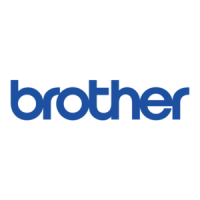
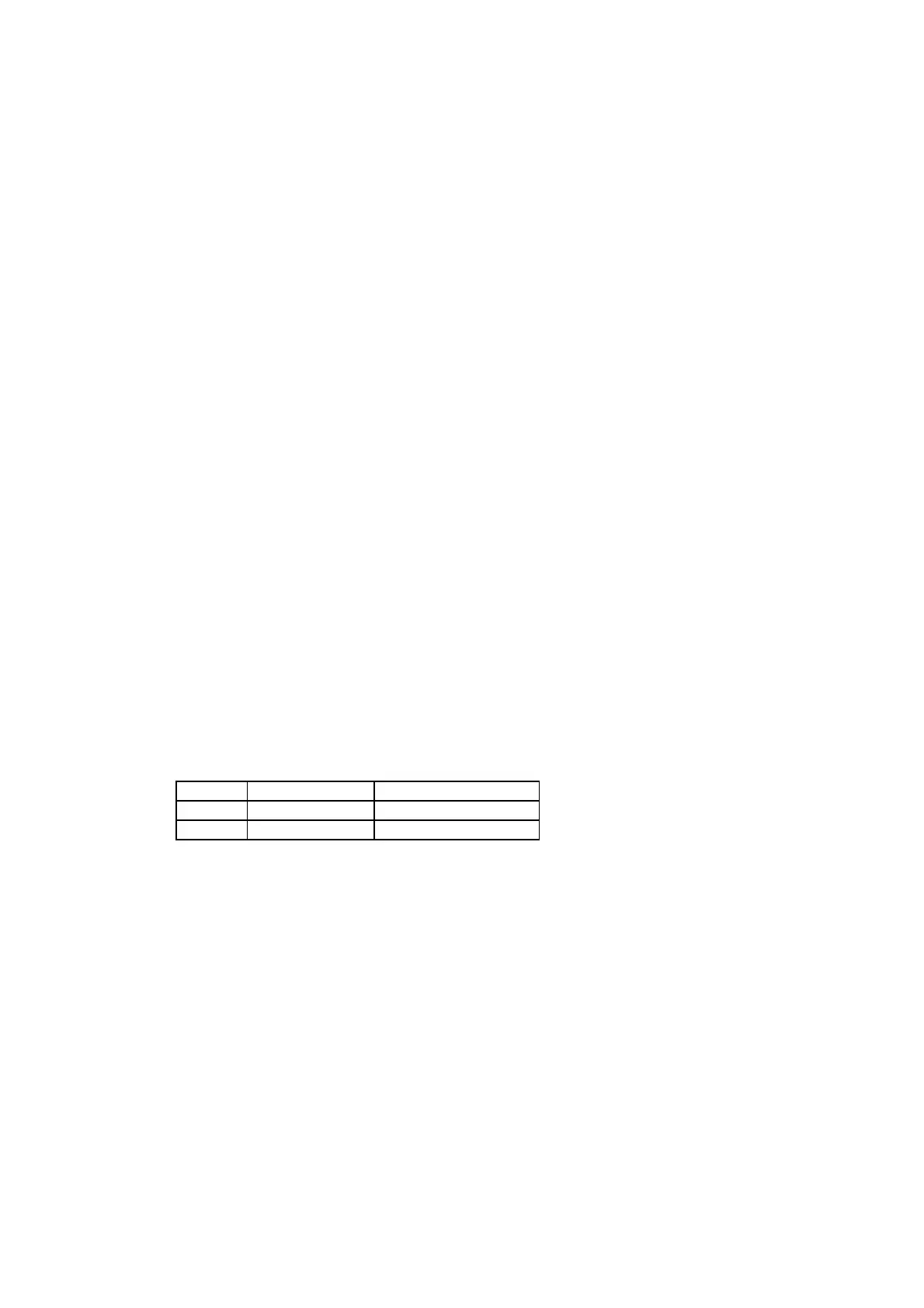